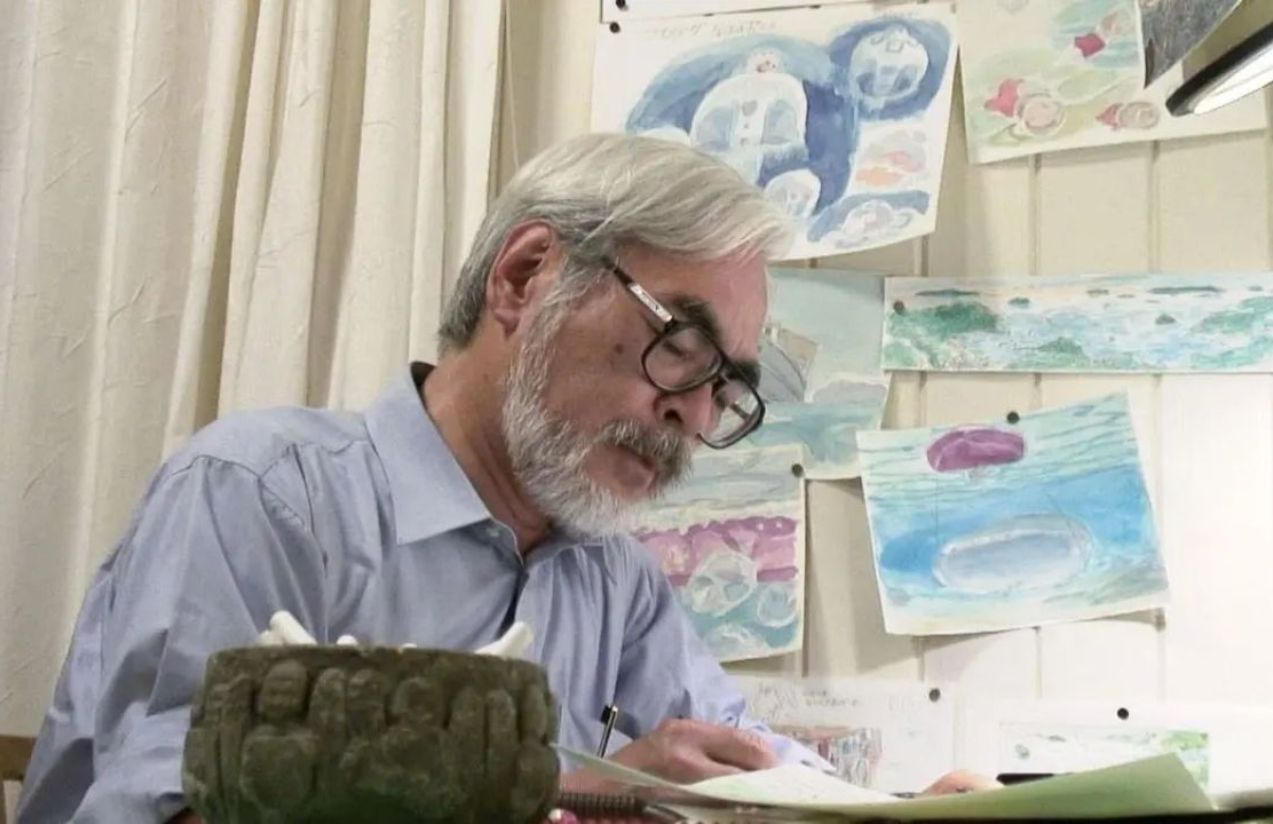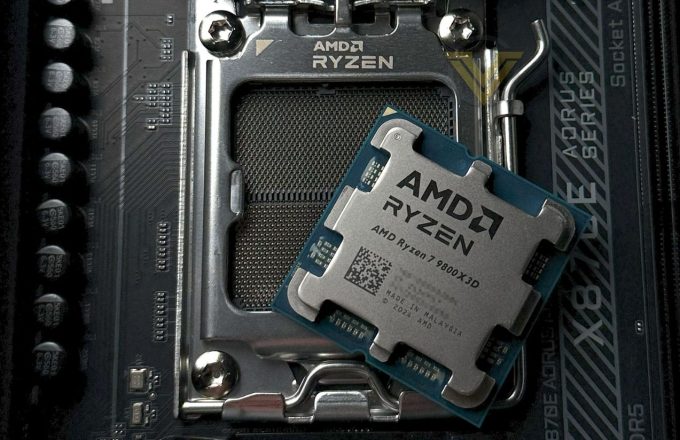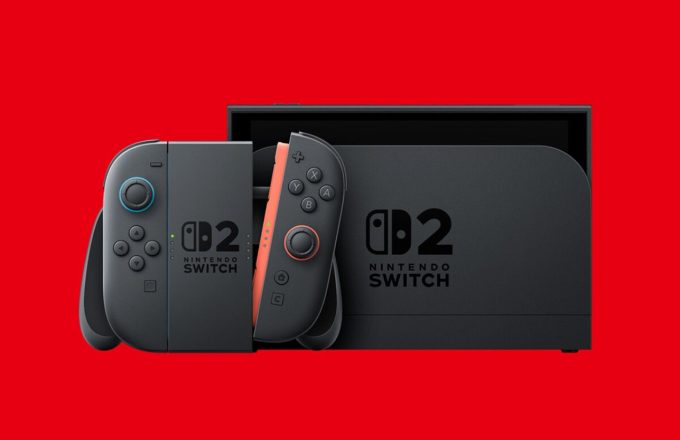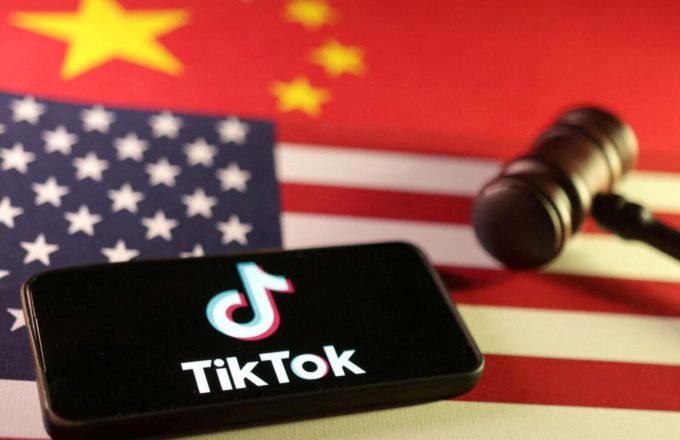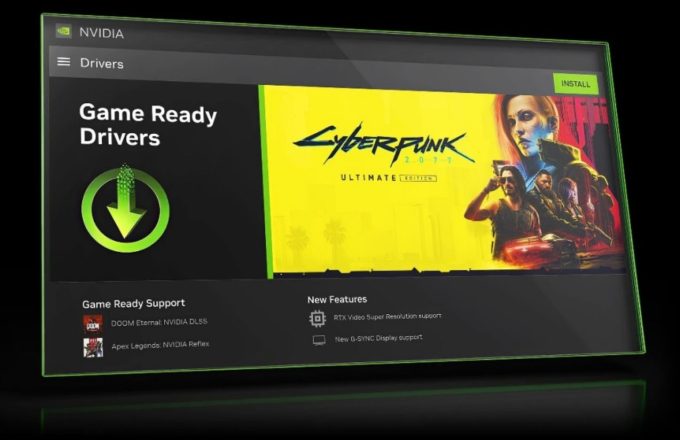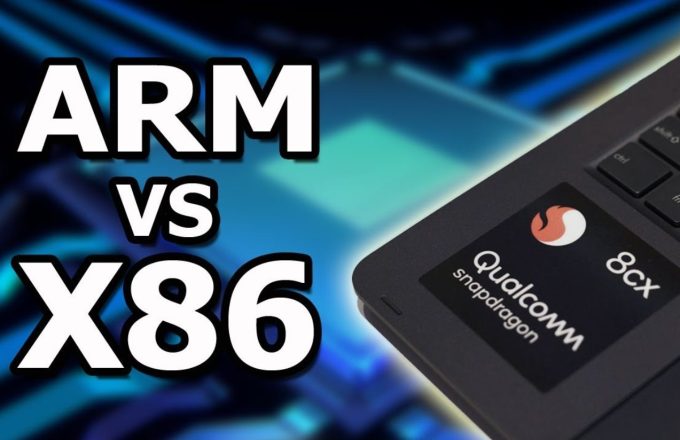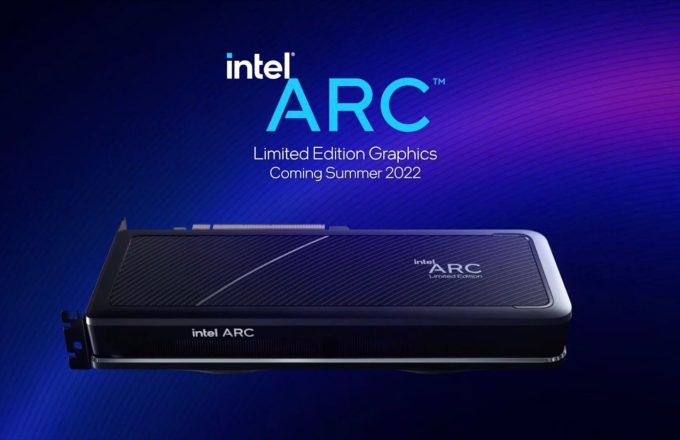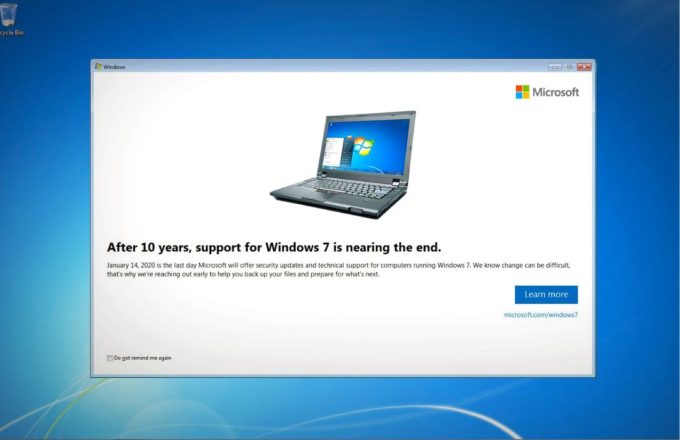In recent days, social media has been flooded with portraits transformed into scenes straight out of Studio Ghibli’s animated universe. One of the main drivers of this trend has been Sam Altman, CEO of OpenAI, who shared several examples of these visual transformations.
The phenomenon, fueled by artificial intelligence (AI) tools like ChatGPT, began with a demonstration where a simple photo was reinterpreted with the ethereal landscapes, muted colors, and dreamlike aesthetics characteristic of the studio founded by Hayao Miyazaki.
Although the legendary Japanese director has not recently commented on this wave of AI-generated images mimicking his style, he has previously expressed his strong opposition to such developments. Miyazaki, the creative mind behind classics like My Neighbor Totoro, Spirited Away, and Grave of the Fireflies, argues that AI-generated creations not only lack soul but also pose a threat to the very essence of art.
His stance on the matter has been firm. During a demonstration of AI-generated animations, he described the sequences as “grotesque movements that humans cannot imagine” and declared, “I cannot look at these things and find them interesting.” For him, this phenomenon is not just an aesthetic issue but a reflection of a deeper crisis: “I firmly believe this is an insult to life itself.”
Miyazaki does not see artificial intelligence as a mere creative tool but rather as a threat that trivializes the artistic process. To him, art is inseparably tied to human experience, the observation of nature, and deep emotions. In his view, AI-generated images represent an expression devoid of commitment, empathy, and real meaning.
His criticism goes beyond art itself. After witnessing an AI technology demonstration, he warned, “I feel like we are approaching the end of times. Humans are losing faith in ourselves, and the world is heading in the wrong direction.” This is not meant as hyperbole but as a warning about a society increasingly captivated by the artificial and the instantaneous.
For the filmmaker, there is a direct connection between how societies produce images and how they perceive life and death. In this sense, delegating creativity to automated systems, in his view, represents a form of spiritual decline.
The rise of this trend was driven, among others, by Sam Altman, who helped it go viral by sharing examples of how a simple photograph could be transformed into a “Ghibli-style” image with just a few clicks. For many users, this practice is a tribute; however, for Miyazaki, it could signify the hollowing out of art.
As artificial intelligence continues to advance in the realm of visual creation, the tension between technology and human sensitivity becomes more apparent. In this debate, Hayao Miyazaki’s voice stands as a warning—one that many prefer to ignore.


